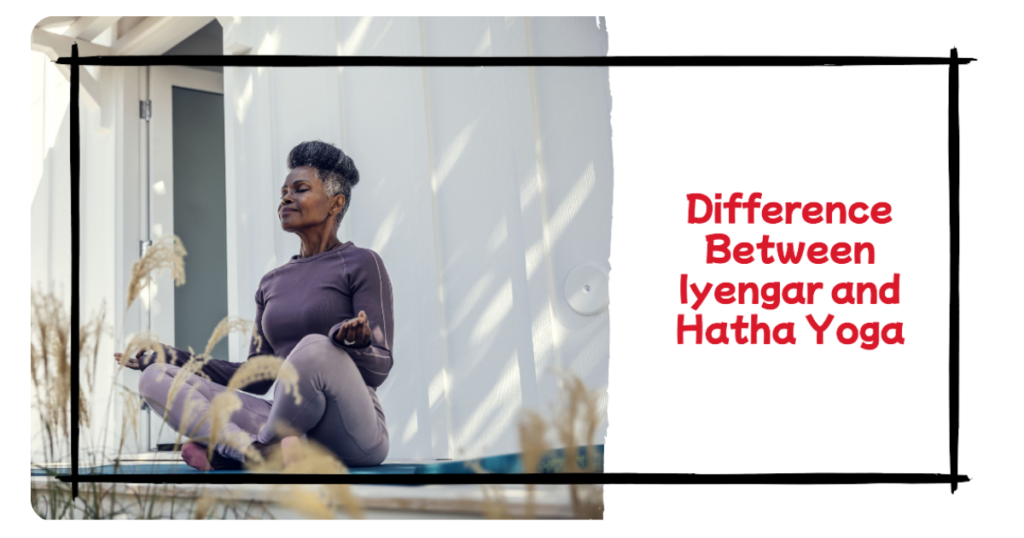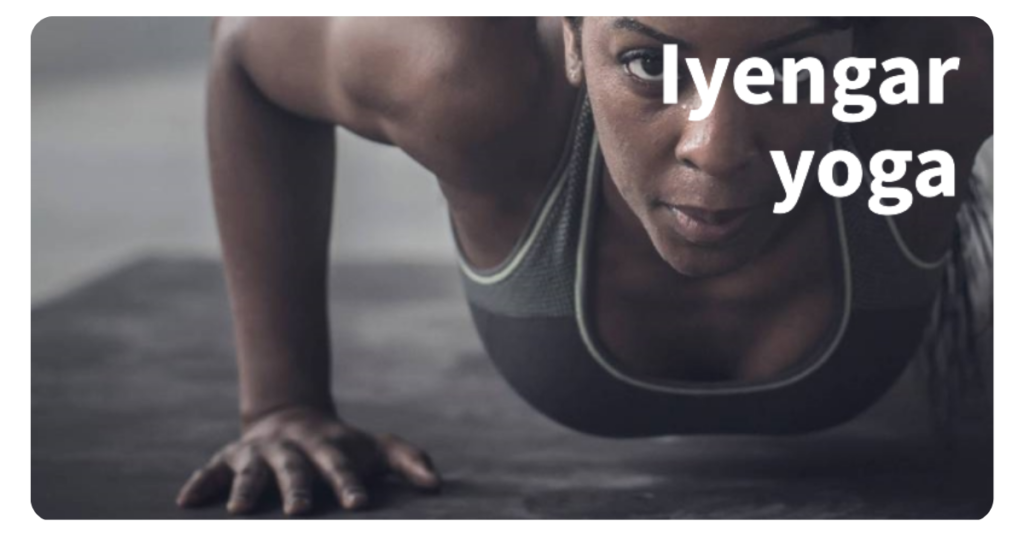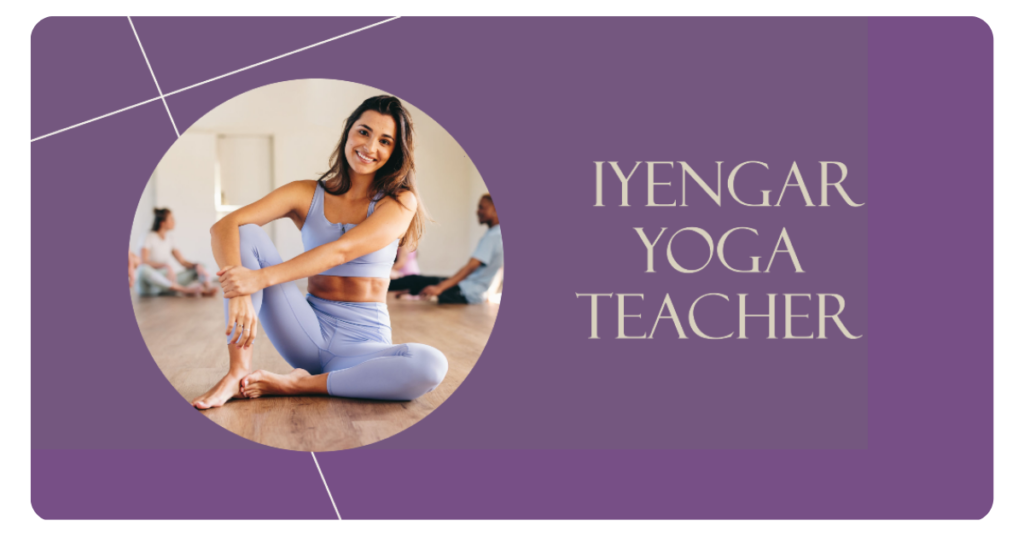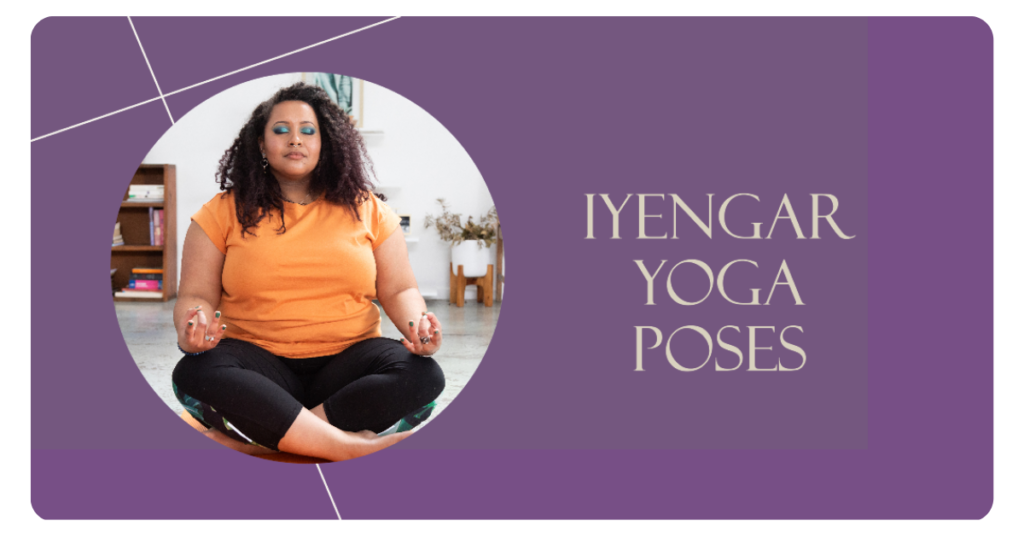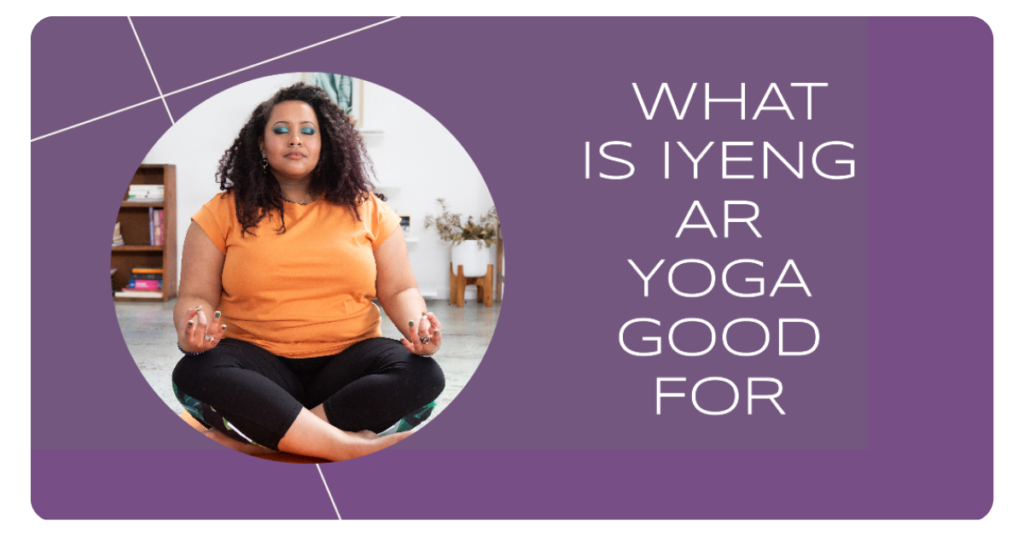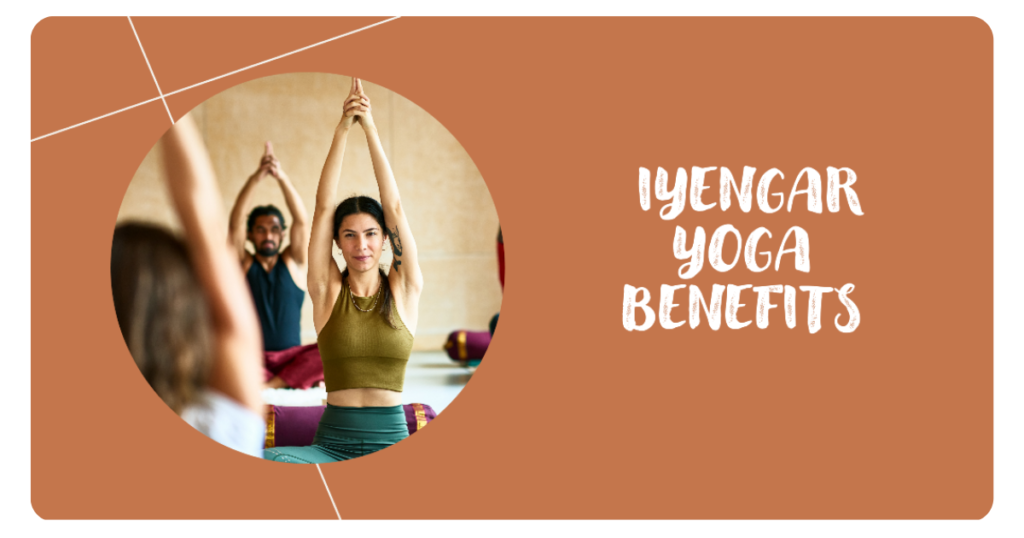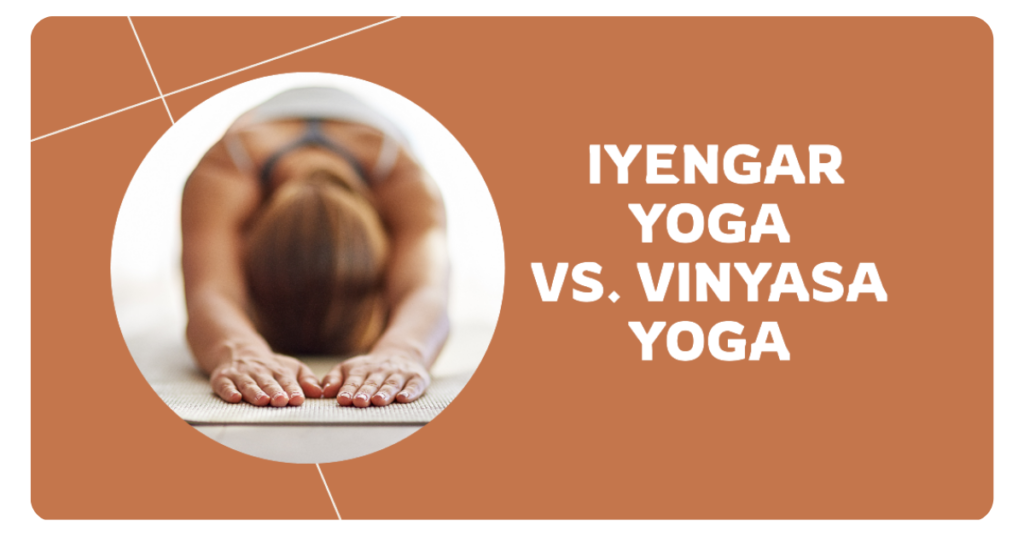
Yoga is an ancient practice with numerous styles and schools that have evolved over centuries. Two of the most well-known and widely practiced forms are Iyengar Yoga vs Hatha Yoga. While they share some fundamental principles, there are distinct differences between these two yoga traditions that are important to understand, especially for those new to the practice.
What is Iyengar Yoga?
Iyengar Yoga is a form of hatha yoga developed by the renowned yoga master B.K.S. Iyengar. It is characterized by a strong emphasis on proper alignment, the use of props to assist poses, and a systematic, step-by-step approach to asanas (physical postures).
The key principles of Iyengar Yoga include:
- Precision and Alignment: Iyengar yoga places a strong emphasis on precise body alignment and the proper execution of each pose. Students are guided to pay close attention to the details of their posture and the subtle engagement of specific muscle groups. This attention to detail helps to ensure safe and effective practice, and can also lead to deeper awareness and understanding of the body.
- Use of Props: Iyengar yoga utilizes a variety of props, such as blocks, straps, blankets, and chairs, to help students access and hold poses correctly, especially when dealing with physical limitations or injuries. The use of props is not seen as a crutch, but rather as a tool to deepen the practice and allow students of all levels to experience the full benefits of the poses.
- Progression and Sequencing: Iyengar classes follow a logical progression, with poses building upon one another in a systematic way. Students are guided through a sequence of postures designed to warm up the body and prepare it for more advanced movements. This approach helps to ensure that students are steadily and safely building their strength, flexibility, and understanding of the practice.
- Therapeutic Approach: Iyengar Yoga is known for its therapeutic applications, as the precise alignment and use of props can help alleviate various physical and mental health conditions. Iyengar teachers are trained to modify and adapt poses to meet the specific needs of their students, making it a valuable practice for those dealing with injuries, chronic pain, or other health concerns.
The benefits of Iyengar Yoga include improved flexibility, strength, balance, and body awareness, as well as reduced stress and anxiety, and enhanced overall well-being. Many students also report a greater sense of focus, concentration, and mental clarity as a result of the Iyengar practice.
Table of Contents
What is Hatha Yoga?
Hatha Yoga is a broader term that encompasses many different styles of yoga, including Iyengar Yoga. Hatha Yoga generally refers to the physical practice of yoga, which includes the performance of asanas (postures), pranayama (breath control), and meditation.
The key principles of Hatha Yoga include:
- Balance of Opposites: Hatha Yoga aims to balance the opposing energies of the body, mind, and spirit, such as the sun (ha) and the moon (tha). This balancing act is believed to bring about a state of harmony and well-being.
- Physical Postures: Hatha Yoga focuses on the physical practice of asanas, or yoga poses, to cultivate strength, flexibility, and balance. The poses are designed to work the entire body, from the muscles and joints to the internal organs and systems.
- Breath Control: Pranayama, or controlled breathing exercises, are an integral part of Hatha Yoga, as the breath is seen as the link between the body and the mind. Breath work can help to calm the mind, reduce stress, and improve overall respiratory function.
- Meditation: Hatha Yoga often incorporates meditation techniques to help calm the mind and achieve a state of inner peace and self-awareness. The physical practice of the asanas can also be considered a form of moving meditation, as it encourages a heightened state of present-moment awareness.
The benefits of Hatha Yoga include improved physical fitness, reduced stress and anxiety, increased self-awareness, and a greater sense of overall well-being. Hatha Yoga is often recommended for beginners as it provides a solid foundation for more advanced yoga practices.
The Main Differences Between Iyengar Yoga vs Hatha Yoga
While Iyengar Yoga and Hatha Yoga share some fundamental principles, there are several key differences between the two styles:
Philosophical Approach: Iyengar Yoga has a more structured, methodical approach that emphasizes precision and alignment, while Hatha Yoga is generally more fluid and focuses on the balance of opposing forces.
Emphasis on Alignment vs. Flow: Iyengar Yoga places a strong emphasis on proper body alignment, using props to achieve the correct form in each pose. Hatha Yoga, on the other hand, tends to be more focused on the flow between poses and the connection of movement with breath.
Use of Props: The use of props, such as blocks, straps, and blankets, is a hallmark of Iyengar Yoga, as they help students achieve proper alignment and work with physical limitations. Hatha Yoga classes may also incorporate props, but to a lesser extent.
Pace and Intensity: Iyengar Yoga classes are generally slower-paced, with a focus on holding poses for an extended period to perfect the alignment. Hatha Yoga classes can vary in pace, with some being more dynamic and flowing, while others may be slower and more meditative.
Suitability for Different Students: Iyengar Yoga is often recommended for beginners, those with injuries or physical limitations, and students seeking a therapeutic approach to yoga. Hatha Yoga can be suitable for students of all levels, as the poses can be modified to meet individual needs.
Similarities Between Iyengar Yoga and Hatha Yoga
Despite their differences, Iyengar Yoga and Hatha Yoga also share some fundamental similarities:
Which Style of Yoga is Right for You?
When choosing between Iyengar Yoga and Hatha Yoga, there are several factors to consider:
Goals and Preferences: If you’re seeking a highly precise, alignment-focused practice with a therapeutic approach, Iyengar Yoga may be the better fit. If you prefer a more fluid, dynamic style of yoga with a focus on the connection of movement and breath, Hatha Yoga may be more appealing.
Experience Level: Iyengar Yoga is often recommended for beginners, as the step-by-step approach and use of props can help ensure safe and effective practice, especially for those with physical limitations or injuries. Hatha Yoga can be suitable for students of all levels, but may require more prior experience to fully appreciate the flow and connection of the practice.
Availability and Instruction: Consider the availability of qualified Iyengar and Hatha yoga teachers in your local area, as well as the style of instruction that resonates with you. Some students may prefer the more structured, hands-on approach of Iyengar yoga, while others may thrive in the more fluid, intuitive environment of a Hatha yoga class.
Ultimately, the best way to determine which style of yoga is right for you is to try out both Iyengar Yoga and Hatha Yoga classes and see which one aligns better with your goals, preferences, and overall yoga experience.
Tips for Beginners Starting Iyengar Yoga or Hatha Yoga
Whether you’re new to Iyengar Yoga, Hatha Yoga, or yoga in general, there are a few tips to keep in mind as you embark on your practice:
Conclusion – The Value of Exploring Both Iyengar and Hatha Yoga
In conclusion, while Iyengar Yoga and Hatha Yoga have distinct differences in their philosophical approaches, emphasis, and teaching methods, both offer valuable contributions to the practice of yoga. Iyengar Yoga’s focus on precise alignment and the use of props can be particularly beneficial for beginners, those with injuries or physical limitations, and students seeking a more therapeutic experience. Hatha Yoga’s emphasis on the balance of opposing forces and the flow between poses can be deeply rewarding for those seeking a more dynamic, meditative practice.
Ultimately, the best way to determine which style of yoga is right for you is to keep an open mind, try out both Iyengar Yoga and Hatha Yoga, and see which one resonates most with your goals, preferences, and overall well-being. By exploring the richness of these two traditions, you can deepen your understanding of yoga and find the practice that truly nourishes your body, mind, and spirit. “ Iyengar Yoga vs Vinyasa Yoga: Which Style is Right for You?“”
